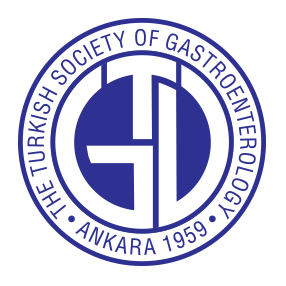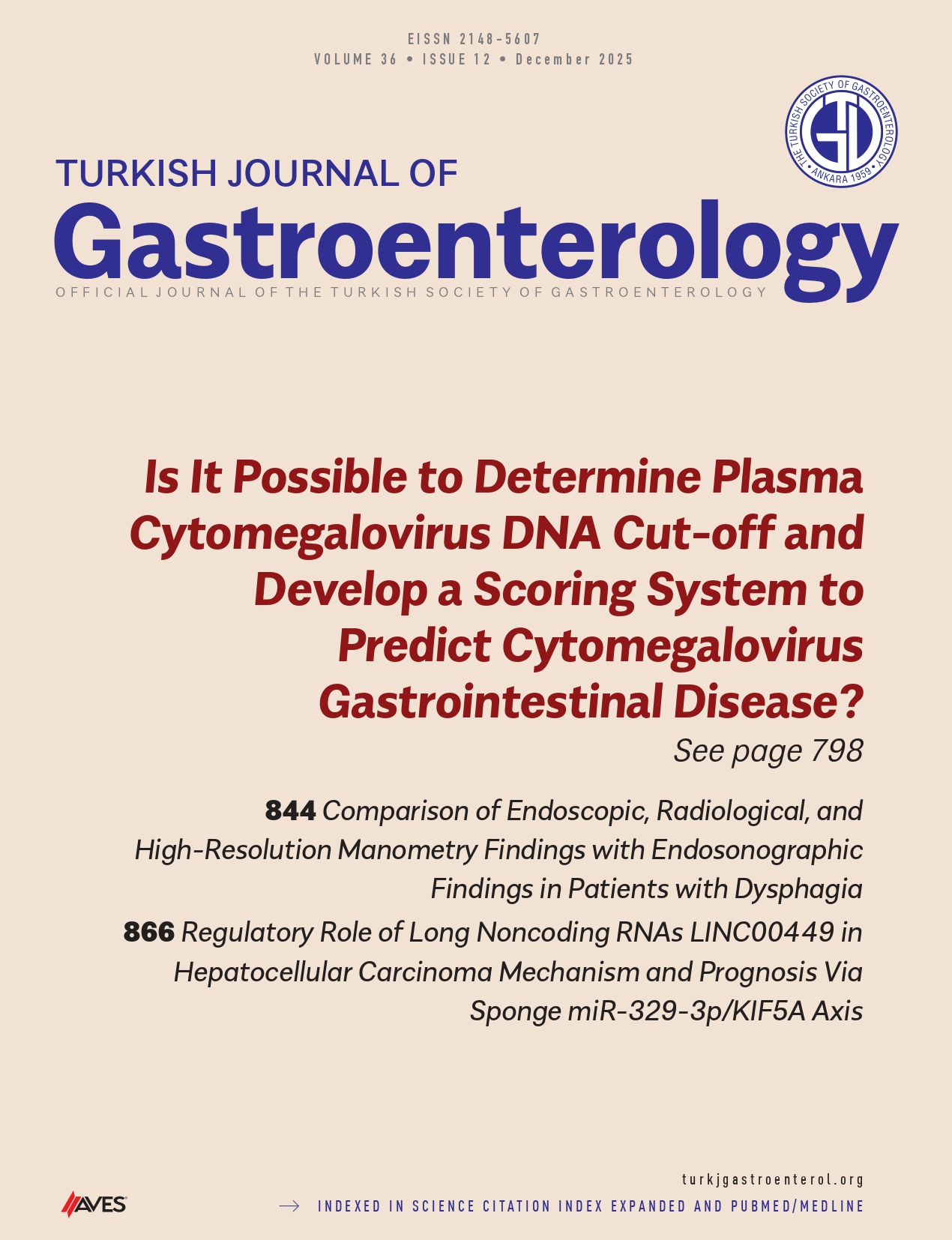Background/Aims: The prevalence of sarcopenia and osteopenia/osteoporosis is increased in chronic pancreatitis (CP). This study aims
to evaluate the prevalence and related factors of osteosarcopenia in CP patients.
Materials and Methods: Eighty-three CP patients were included in this cross-sectional observational study. Sarcopenia was assessed by measuring the surface area of the paravertebral muscles at the third lumbar region. Pancreatic fecal elastase (PFE) tests evaluated exocrine pancreatic insufficiency (EPI), while dual-energy x-ray absorptiometry scans assessed osteopenia/osteoporosis. EORTC PAN26 and a symptom questionnaire were administered, alongside nutritional marker assessments concurrent with PFE.
Results: The prevalence of sarcopenia and osteopenia/osteoporosis was found to be 22.9% (n = 19) and 68.7% (n = 44), respectively. Factors associated with sarcopenia included male gender (OR: 4.9, P = .044), severe EPI (OR: 4.2, P = .043), smoking (OR: 4.6, P = .040), and zinc deficiency (OR: 2.2, P = .029). Severe EPI was significantly associated with osteopenia/osteoporosis (P = .010), diabetes mellitus (P = .001), sarcopenia (P = .016), and zinc deficiency (P = .012). Individuals with osteoporosis had higher PAN26 scores (P = .029). Factors independently associated with osteopenia/osteoporosis included female gender (OR: 7.8, P = .004), severe EPI (OR: 8.1, P = .003), and sarcopenia (OR: 5, P = .037). The prevalence of osteosarcopenia was 19.2%.
Conclusion: Osteosarcopenia is common in CP patients. Smoking, zinc deficiency, EPI, and male gender are strongly associated with sarcopenia. Screening for osteosarcopenia is essential in CP patients to facilitate appropriate interventions.
Cite this article as: Döngelli H, Bengi G, Yarol RC, et al. Clinical features and prevalence of osteosarcopenia in chronic pancreatitis. Turk J Gastroenterol. 2025;36(10):669-679.




.png)
.png)